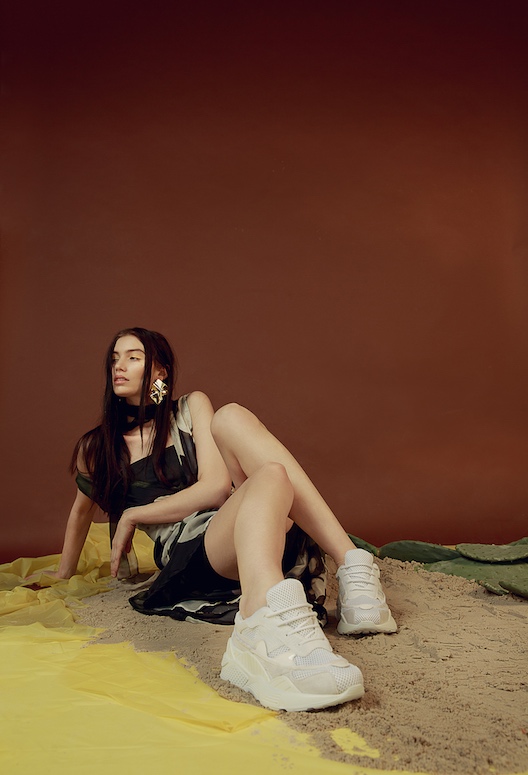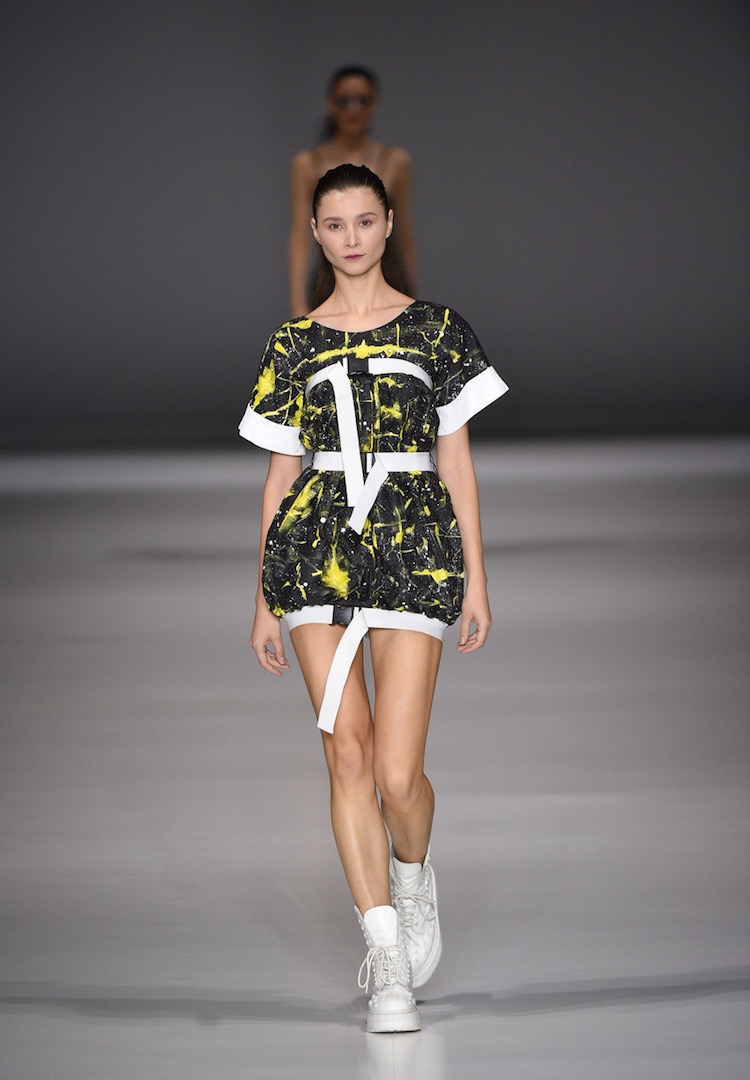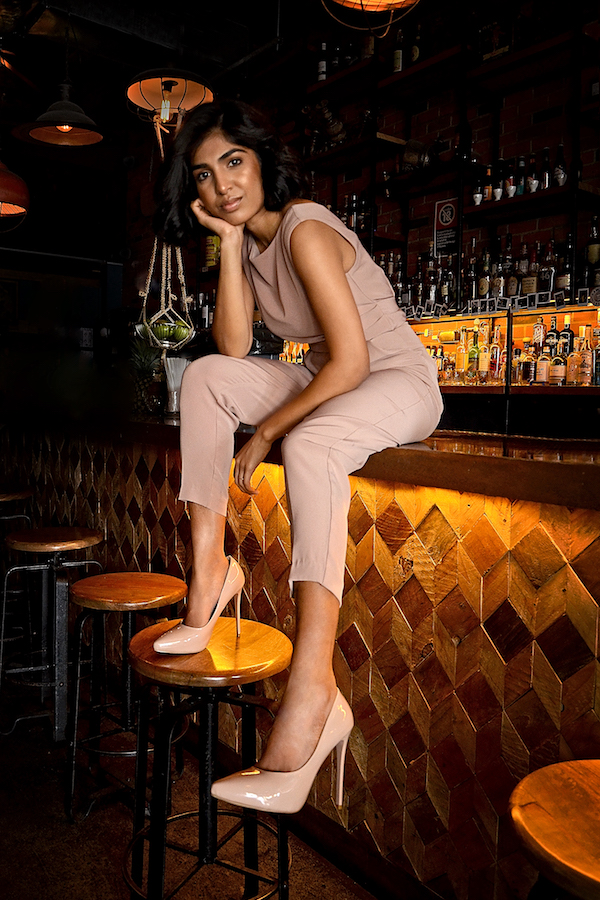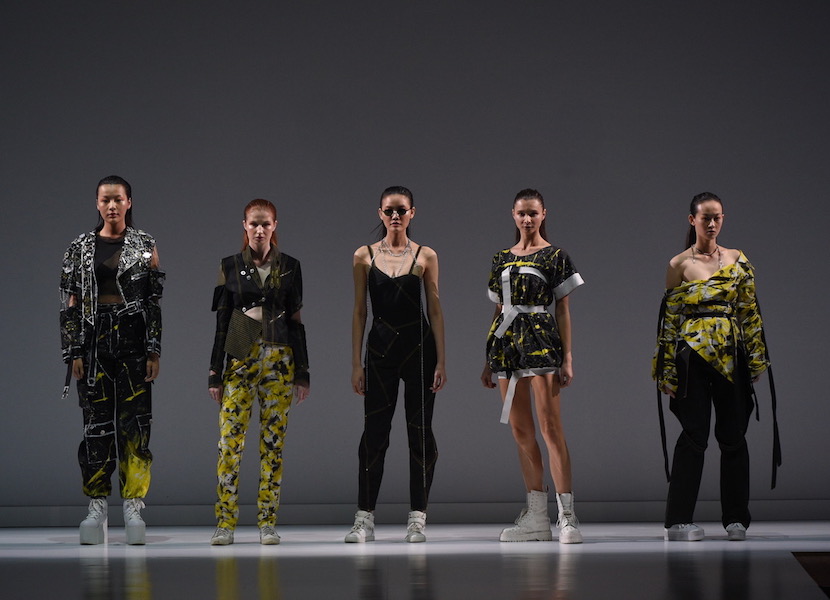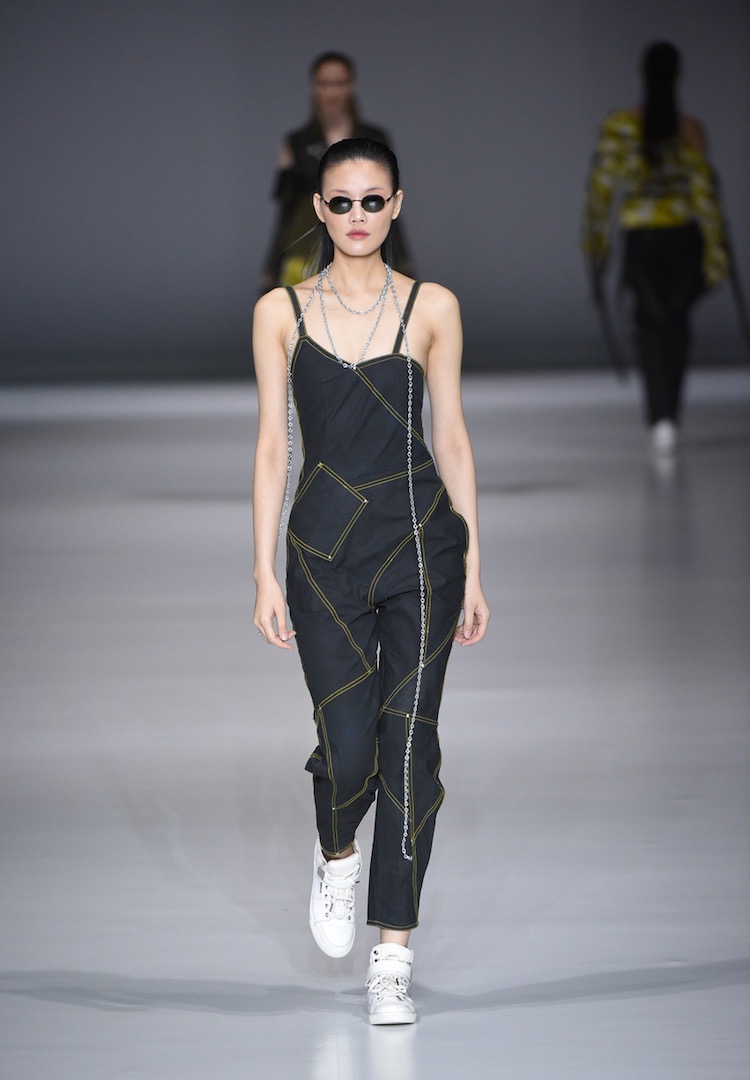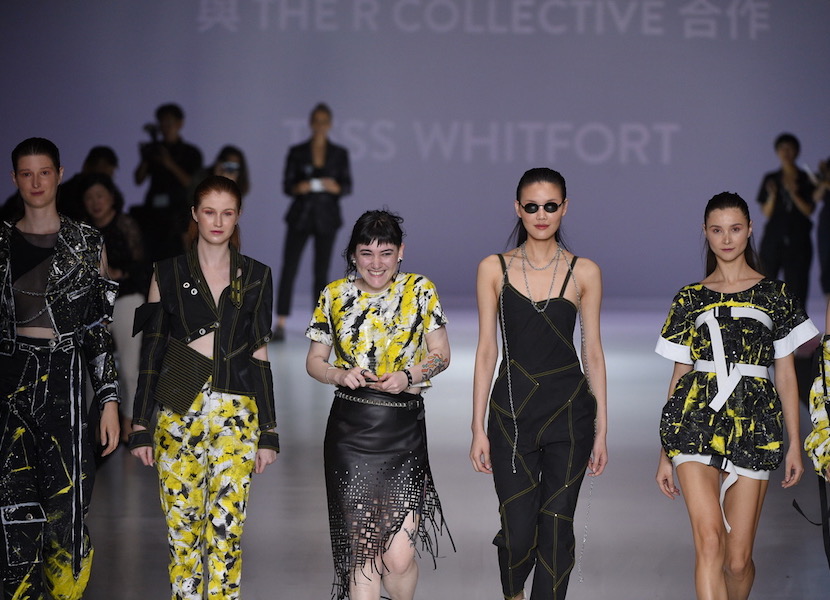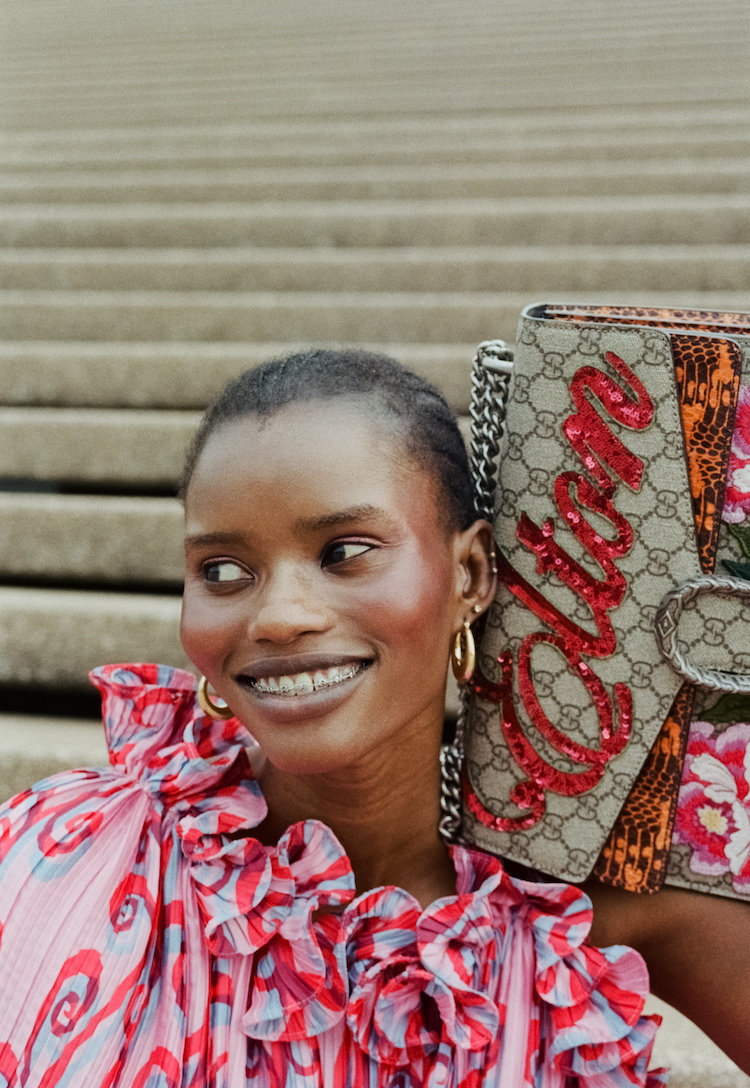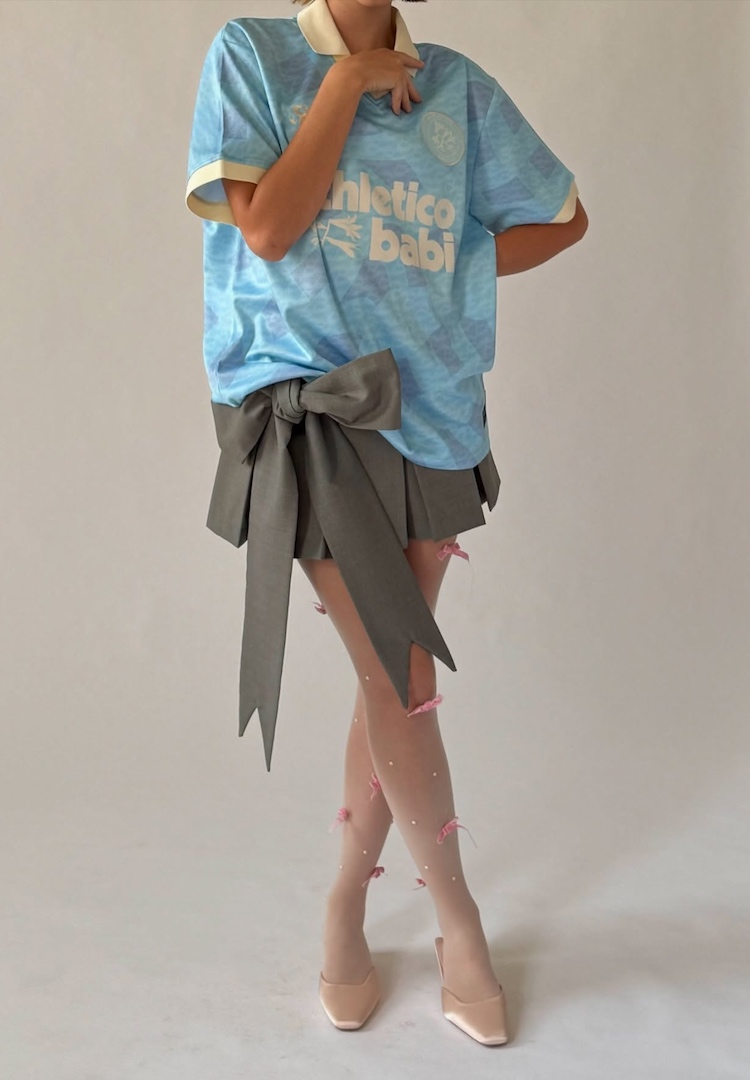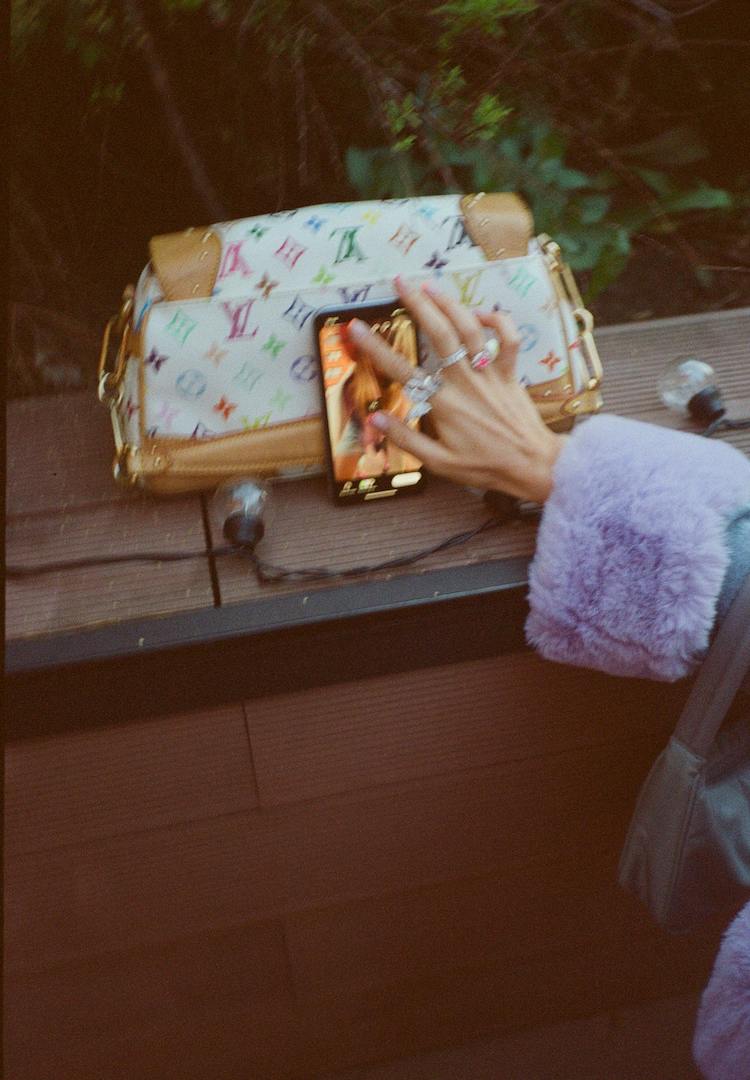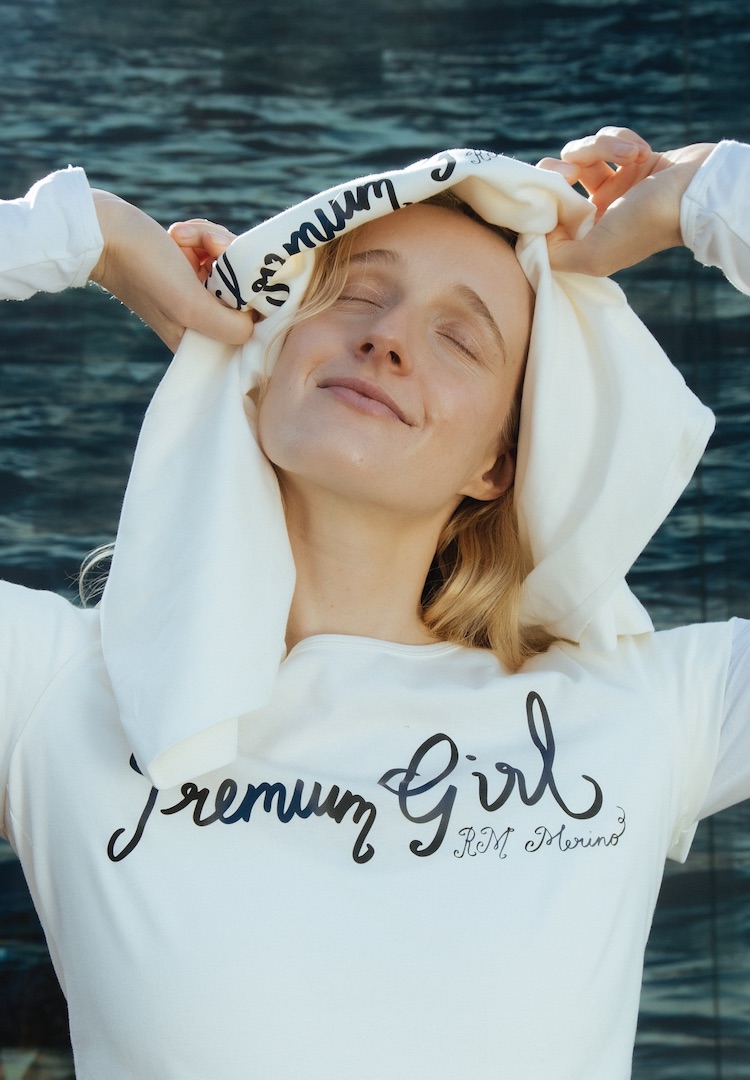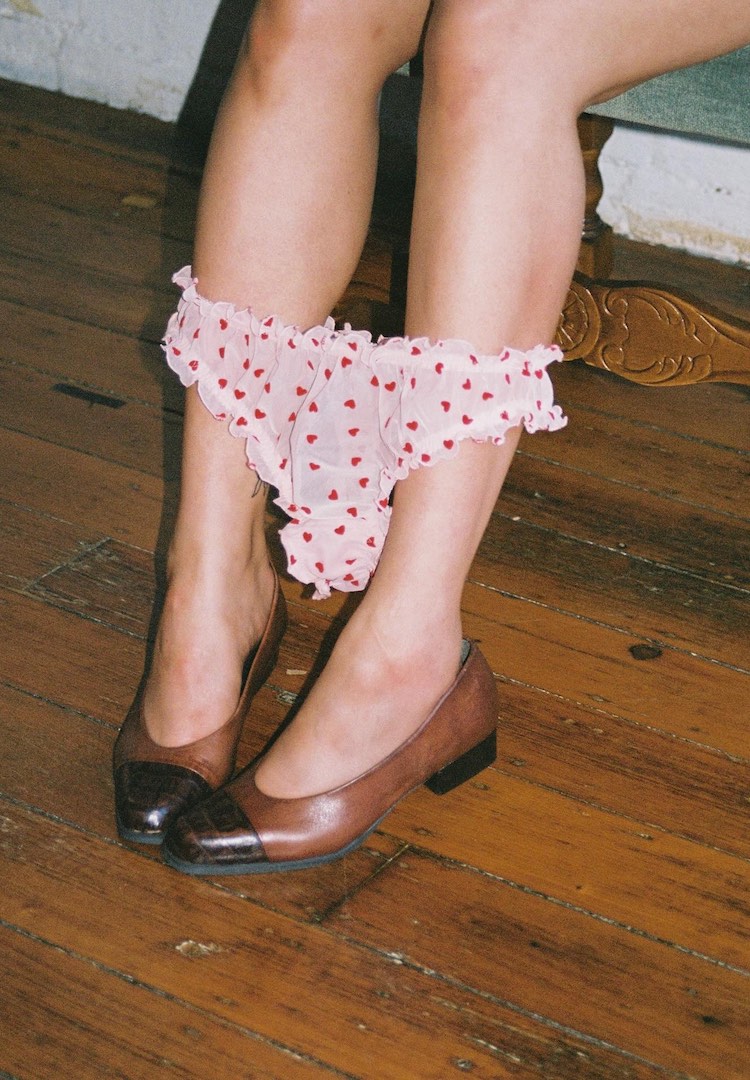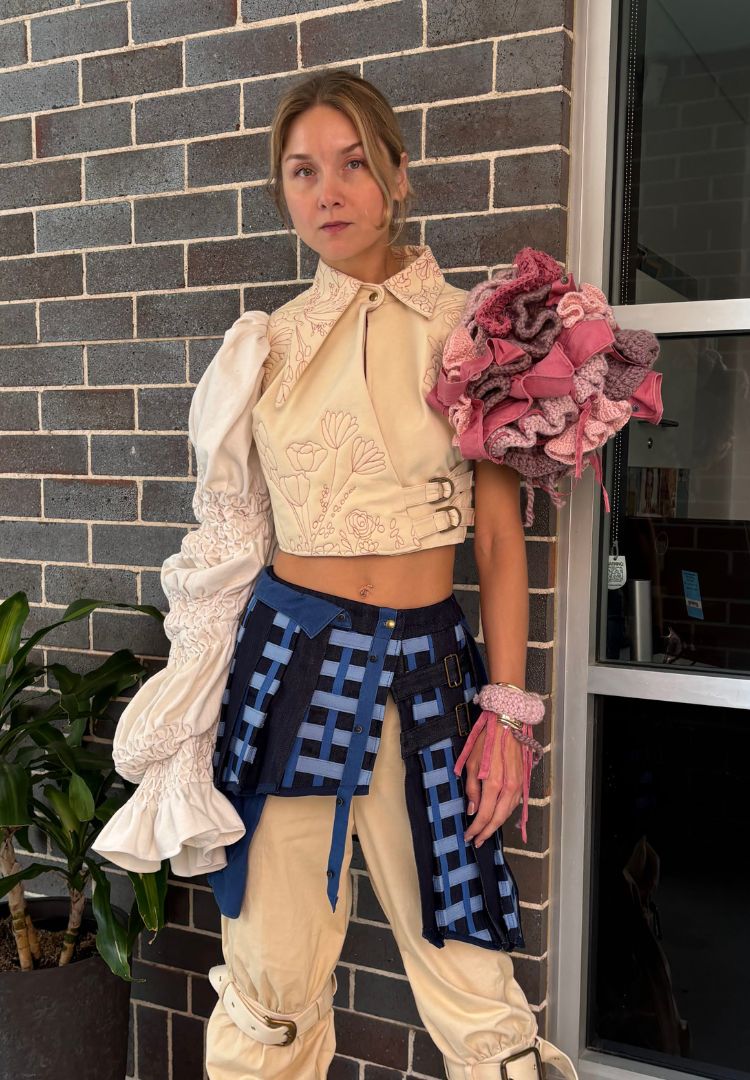Talking sustainability with Redress Design Award winner Tess Whitfort
Words by Veronica Stanford
Changemaker.
Earlier this month, Hong Kong came alive with Asia’s premier fashion event CENTRESTAGE.
A highlight of the jam-packed program was the Redress Design Award, which invited 10 up-and-coming designers from around the world to present sustainable collections made specifically for the competition.
Not only was Box Hill Institute alum Tess Whitfort Australia’s first finalist, she was also crowned the winner. In celebration of her win, we sat down with Tess to talk all things sustainable fashion.
Tell us about your journey since finishing up at Box Hill Institute.
After graduating and spending a bit of time relaxing, I started thinking about what I wanted to do next. I’ve always wanted to start my own label but wanted to get some hands-on experience first. I started working for Melbourne-based plus-sized label Harlow, where I’ve learnt a lot about running a small fashion label. One of my uni teachers then told me about the Redress Design Award and encouraged me to apply. So I did, never expecting anything to come of it. A few weeks later, I was selected as the first-ever Australian semi-finalist and my journey to Hong Kong began!
Has sustainability always been important to you?
I started thinking more and more about sustainable fashion while studying. Aside from being appalled by how damaging the fashion industry is, sustainable design also appealed to me because it brought a new dimension to design. Instead of just designing something that looks great, it involves deeper thought into how the design functions and interacts with the environment. Sustainable design is all about problem-solving, engineering and functionality and I feel that it gives me a mission and a purpose.
Talk us through the design process for your Redress collection. How long did it take from start to finish?
I started working on my designs in February and my final garments were shipped off to Hong Kong at the end of July. Once the finalists were announced, we only had 10 weeks to turn our designs into actual garments, so the pressure was really on. The biggest part of my design process was developing my zero-waste patterns, as this required a bit of trial and error to get right.
What sustainable techniques and fabrics did you use in your collection?
I wanted to ensure that all my garments were completely sustainable and therefore incorporated a variety of sustainable design approaches into my work – using dead-stock linen, eco-friendly water-based inks and salvaged and upcycled hardware. The primary focus of my collection, however, was my zero-waste patterns. I used a very experimental approach for this and took a lot of risks, which fortunately paid off!
Where do you draw your inspiration?
My inspiration for this collection comes from punk, counter culture and the way people express themselves through their clothing. I wanted to create something really different to what is often seen within sustainable fashion, departing from the wholesome, natural, feminine style often associated with the sector. I think there’s a real need for more sustainable streetwear that has an edgy, modern, androgynous style. I wanted to capture a rebellious, defiant attitude within the collection. I feel it’s a real expression of my own individual style and embodies the idea that being a total badass and a good person aren’t mutually exclusive.
What sustainable brands do you look up to?
There are quite a few sustainable brands in Melbourne that are doing amazing things. I’ve always been impressed with A.BCH and its extremely thorough and thoughtful approach to sustainable fashion. Zero-Waste Daniel is also doing some interesting things with textile waste, and ALYX Visual is a brand that particularly appeals to me due to its super cool streetwear influences and upcycled fabrications.
This article was originally published in Fashion Journal 183. You can read it here.

